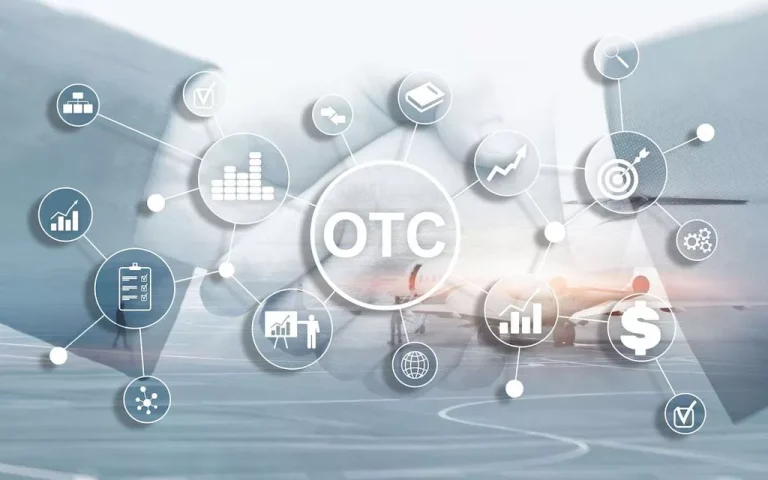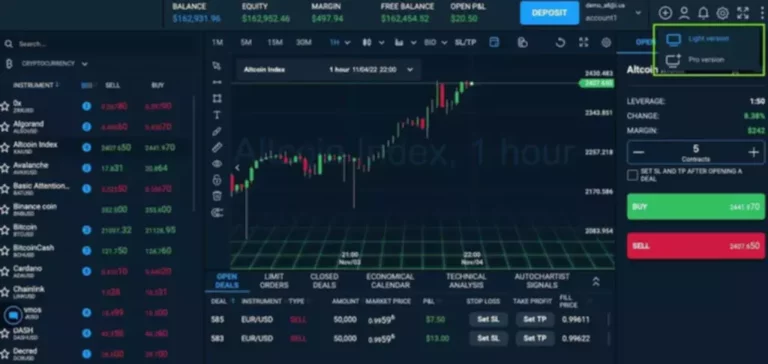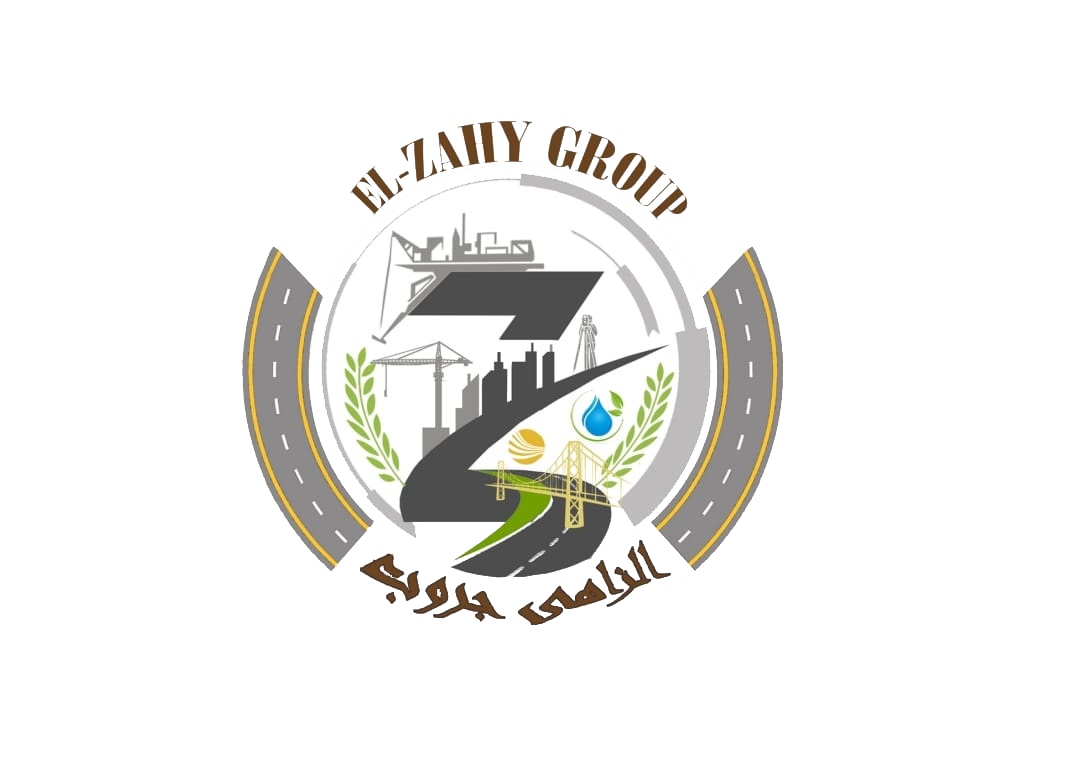Content
You can define one or trading partner collaboration more certificates for each collaboration agreement. A party ID is a character string that is used, with a name, to identify a trading partner in the context of a collaboration agreement. You can use party IDs to define elements unique to your business. For example, you might want to enter a Dun and Bradstreet (DUNS) number as a party ID for a specific trading partner.
Get Your SAP HANA Idea Incubator Badge Today!
If sequencing is enabled on messages as part of BATCH, it can lead to errors and not Blockchain all messages are processed. Do not use EDI batching on the messages that are sequenced. Even though it works for all documents, message sequencing is certified only for EDI, HL7, and Custom document protocols.
- If our preferred communication channel is not listed (for example SFTP at this moment), we select Process_Direct and we have to create a custom separate iflow with SFTP adapter.
- Oracle B2B provides each trading partner with a default identifier type, Name, whose value is the name of the trading partner.
- Host administrators and remote administrators can add users (remote administrators for their own data only) if they have been granted that permission by the default administrator.
- Add document definitions to both host and remote trading partner profiles.
- This section shows the overall steps needed to create an agreement between two trading partners.
- It solves the complexity of B2B communication between trading partners.
6 Using the Auto Create Agreement Feature
You must configure both servers (sender and receiver) MLLP (server/client) channels either in permanent mode or in transient channel mode. A recommended configuration is for the sender to configure the MLLP client delivery channel and for the receiver to configure the MLLP server channel. MLLP (and the TCP transport protocol) are available for remote trading partners only. With MLLP, the same channel can be used for sending or receiving messages, and can be configured as either the server or the client. https://www.xcritical.com/ Inbound binary file transfer in Oracle B2B is used on custom documents over the Generic/AS2 exchange protocols.
Field “Trading partner” in the master data and reporting

See Configure Security for where you specify digital signatures and encryption, and Table 5-6 for descriptions of security parameters. SAP Trading Partner Management (TPM) can best be described as a component within SAP Integration Suite. It provides the functionality to manage business-to-business (B2B) communication with external trading partners. TPM acts as an interface that helps configure, run and monitor the message exchanges between partners based on predefined agreements. The transport protocol parameters define the properties specific to a given use of a protocol endpoint. The transport is responsible for message delivery using the selected transport protocol, mode (synchronous or asynchronous), server, and protocol endpoint address (trading partner address, such as a URI).

SAP B2B Trading Partner Management (TPM) is a centralized solution that meets the needs in B2B EDI space. When you configure a transport for a trading partner, you bind the trading partner’s transport to a transport security protocol. Use trading partner party IDs to specify the business entities that take part in a business conversation. A trading partner can have a number of party IDs to identify parties in different collaboration agreements. For example, company XYZ could create a trading partner named XYZTradingPartner; this trading partner could participate in a number of conversations, say, a request for a quote and a purchase order requisition. If a service provider isn’t being used, and B2B messagingis handled directly with a trading partner, then you need to definethe delivery methods you want to use and the collaboration messagesto exchange.
A permanent MLLP (server/client) delivery channel is bidirectional, that is, it can be used for sending and receiving messages. An MLLP delivery channel is configured for the remote trading partner only. This channel can be either a server or a client channel, used to send or receive messages.
In the critical situations of B2B world, it is important to have the message delivered to the destination without fail and receive the exchange level acknowledgment or functional acknowledgment on time. The Auto Stack Handler and Auto Stack Handler Interval parameters are shown in Figure 5-15. When set to true, the stacked message are eligible for delivery by the dispatcher during an appropriate interval. It is also possible to specify the variable interval with a comma-separated value to Auto Stack Handler Interval. To dispatch the sequenced message, configure the Inbound Dispatcher Count parameter, as shown in Figure 5-15. To dispatch the sequenced message, configure the Outbound Dispatcher Count parameter, shown in Figure 5-15.
The number of remaining retries in the retry count and retry interval for a specific message can be seen as part of the business message report. If B2B becomes non-responsive after running thousands of messages as part of outbound sequenced messages, check the number of dispatchers. Note that, if sequencing is enabled, the order in which files are copied to the folder is the order in which they are processed. If a large payload is copied, the partner must wait until the large payload copy is complete. Then the sender may send the next file, as sequencing is based on the last-modified-timestamp on the file.
There may be several requirements for an Enterprise to send business responses synchronously. For example, an inbound 270 document may expect a 271 document response synchronously. Enterprises may want to set up sync support for simple custom documents of their choice over HTTP protocol.
Add document definitions to both host and remote trading partner profiles. You can also change document type parameters and document version parameters for the remote trading partner on this page. See Chapter 7, “Using Document Protocols,” for more information.
If no document types are added here, then the user has access to all document types. After you create and configure a trading partner, the information is saved as a trading partner profile in Oracle Metadata Repository. Partner data can be exported to a ZIP file by using the Export button on the Profile tab.
To use an encryption certificate, no private key entry is needed. If selected, the message is first signed, and then compressed. The number of times that Oracle B2B retries to send the message. The absolute directory path where messages are sent from or received. Transport by which messages are sent to or received from Oracle AQ single or multiconsumer queues.
Transports are included in the delivery channels for each trading partner. This information includes the transport protocol and security parameters for the relevant business transaction. The Oracle B2B host administrator creates all document definitions, which are automatically assigned to the host trading partner. The host administrator can assign any document definition to a remote trading partner. For both the host and remote trading partners, the sender and receiver for each document must be identified. Identifier types for the host and remote trading partners are listed.
For complete information about security in WebLogic Server and B2B integration, see Configuring Security in Implementing Security with B2B Integration. Prevents BPEL from sending multiple files, reducing the traffic on BPEL-B2B and also in B2B. FunctionalAck (FA) and acknowledgment (ACK/MDN) are not sequenced. The b2b.toDynamicIP property is set in a normalized message property that is sent to B2B. Document validation needs to be turned off at the agreement level for outbound binary transfer. Sometimes, you may want to transfer binary content instead of regular XML/Text files.








